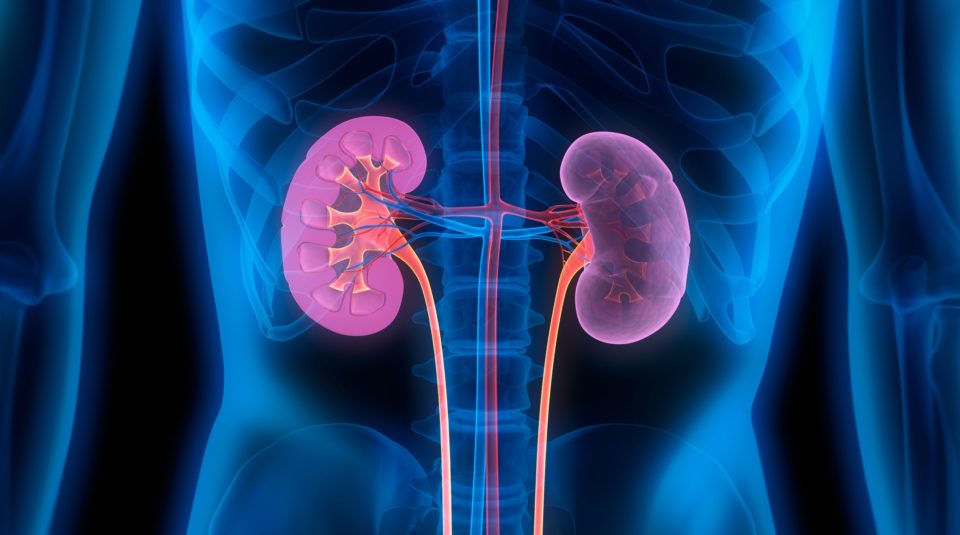
In the past decade, the population of children living in poverty and lacking healthcare insurance has increased in the United States. Several factors are associated with that increase, including illegal immigration, socioeconomic deprivation, young age, racial segregation, environmental degradation, and discriminatory housing policies.
According to Franca M. Iorember, MD, and Oluwatoyin F. Bamgnola, MD, such systematic barriers have contributed to the exclusion of families from essential healthcare services, and play a role in the development of chronic illnesses such as dialysis-dependent kidney disease that frequently require substantial therapeutic resources, creating a cycle of poverty and disease in a segment of society [Frontiers in Pediatrics. doi.org/10.3389/fped.2022.833611].
Pediatric nephrologists face the challenges of caring for uninsured children with chronic kidney disease (CKD). Children with CKD are not covered by federally funded healthcare programs, and commonly seek care in emergency healthcare settings. Patients often present with critical illness, requiring urgent placement of vascular catheters and initiation of acute hemodialysis.
The subsequent need for protracted chronic hemodialysis and a delay in receipt of kidney transplantation is influenced by factors related to adverse social environments among pediatric CKD patients. That patient population experiences greater comorbidity, recurrent hospitalization, and a higher rate of mortality.
“New policies should address the deficit in health insurance coverage while promoting social programs that will remove structural barriers to healthcare resources for undocumented children and young adults,” the authors said.







 © 2025 Mashup Media, LLC, a Formedics Property. All Rights Reserved.
© 2025 Mashup Media, LLC, a Formedics Property. All Rights Reserved.